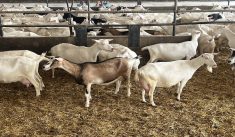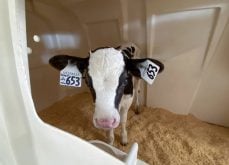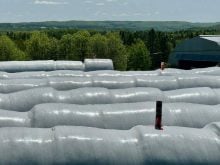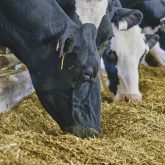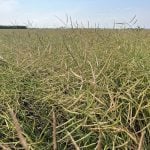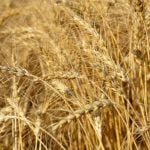Increased value is being placed on keeping dairy cows in herds longer.
A shortage of dairy replacement heifers and economic incentives to breed dairy cows to beef means that some dairy cows could be staying in herds longer.
Why it matters: For years, financial analysis has said that older cows are more profitable cows, but that hasn’t fit with the practicalities of the market and on-farm management as the average age of cows on farms has declined.
Read Also
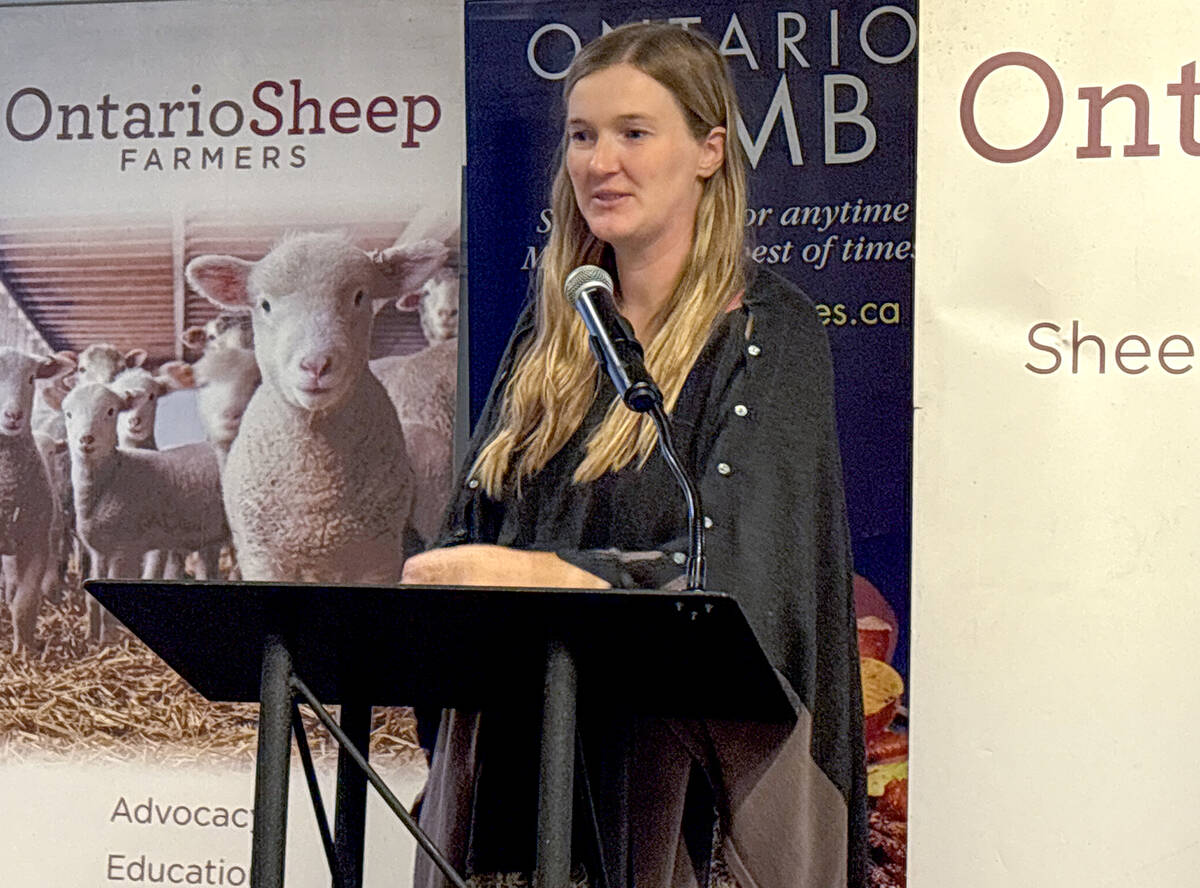
Footflats Farm recognized with Ontario Sheep Farmers’ DLF Pasture Award
Gayla Bonham-Carter and Scott Bade, of Footflats Farm, win the Ontario Sheep Farmers’ 2025 DLF Ontario Pasture Award for their pasture management and strategies to maximize production per acre.
Older cows could mean more milk per cow and more profitable cows, but there’s a lot that’s not known about managing older cows, says Matt Lucy.
Lucy, a University of Missouri professor, said at the World Dairy Expo that there’s no doubt that older cows require more management and are more difficult to get pregnant.
“We are in an unprecedented time in the dairy industry where we have so many tools to get cows pregnant,” says Lucy. That means that more older cows should be in calf than they have in the past.
The volume of dairy cows bred to beef has also meant a significant decline in the number of dairy cows in North America. There are 15 per cent fewer dairy heifers in the United States versus six years ago, according to the United States Department of Agriculture. With replacement cows costing $4,000 to $5,000 in Canada, there’s an expectation that more cows will stay in herds longer.
Cows can live to be 20 years, says Lucy, but little is known about how long a cow can healthily milk.
“We know very little about this topic, but it’s probably a topic we’re going to be talking about a lot more going forward,” he says.
As cows milk longer, the research shows they are more likely to be lame, more likely to contract metritis and it’s more difficult for them to get pregnant.
Part of the challenge is that cows lactate for a significant portion of their life. The production of more growth hormone when they lactate leads to a reduction of insulin-like growth factor one (IGF1), and greater levels of IGF1 are found in younger people.
Glucose is redirected to milk and lactose production after calving, which affects insulin concentrations. This all helps to make more milk, but it can be negative for the cow’s muscle mass, immune system and reproduction.
As cows were selected more for milk, their longevity declined, and for years the main focus in most of the world was to select for milk.
The focus has switched to longevity and health traits in addition to milk, which Lucy says is only a start to affecting how long cows are productive.
The medical world is also trying to figure out whether a person is supposed to get old and deal with it, or if it should be helping people not to age as quickly, he says, and similar questions are being asked in dairy cows.
Other issues include inflammation and its problems and the challenge of losing muscle mass during ageing.
When a grandmother falls over and breaks her hip, it’s because they don’t have enough muscle mass to catch themselves before falling, says Lucy.
Similarly, cows get little exercise and mobility issues with older cows likely are caused by a loss of muscle mass. There could be nutritional aids, including the feeding of amino acids.
“It’s possible if we study these things, we can maybe design diets that have the capacity to reverse some of these effects in dairy,” says Lucy.
Cells remember when they have inflammation, and pregnancy causes inflammation.
“That’s why transition periods are so critical to get right,” says Lucy, reducing the inflammation from pregnancy quickly.
Management and housing can also help, but there’s research needed to understand how that can work. Maybe older cows need a certain type of barn and in larger herds housing them differently could be possible, Lucy suggests.
Finding the fountain of youth for cows hasn’t been a priority, but as the dairy sector evolves to be a beef supplier of economic value, there’s an incentive to figure out how to keep cows healthy and productive longer.






